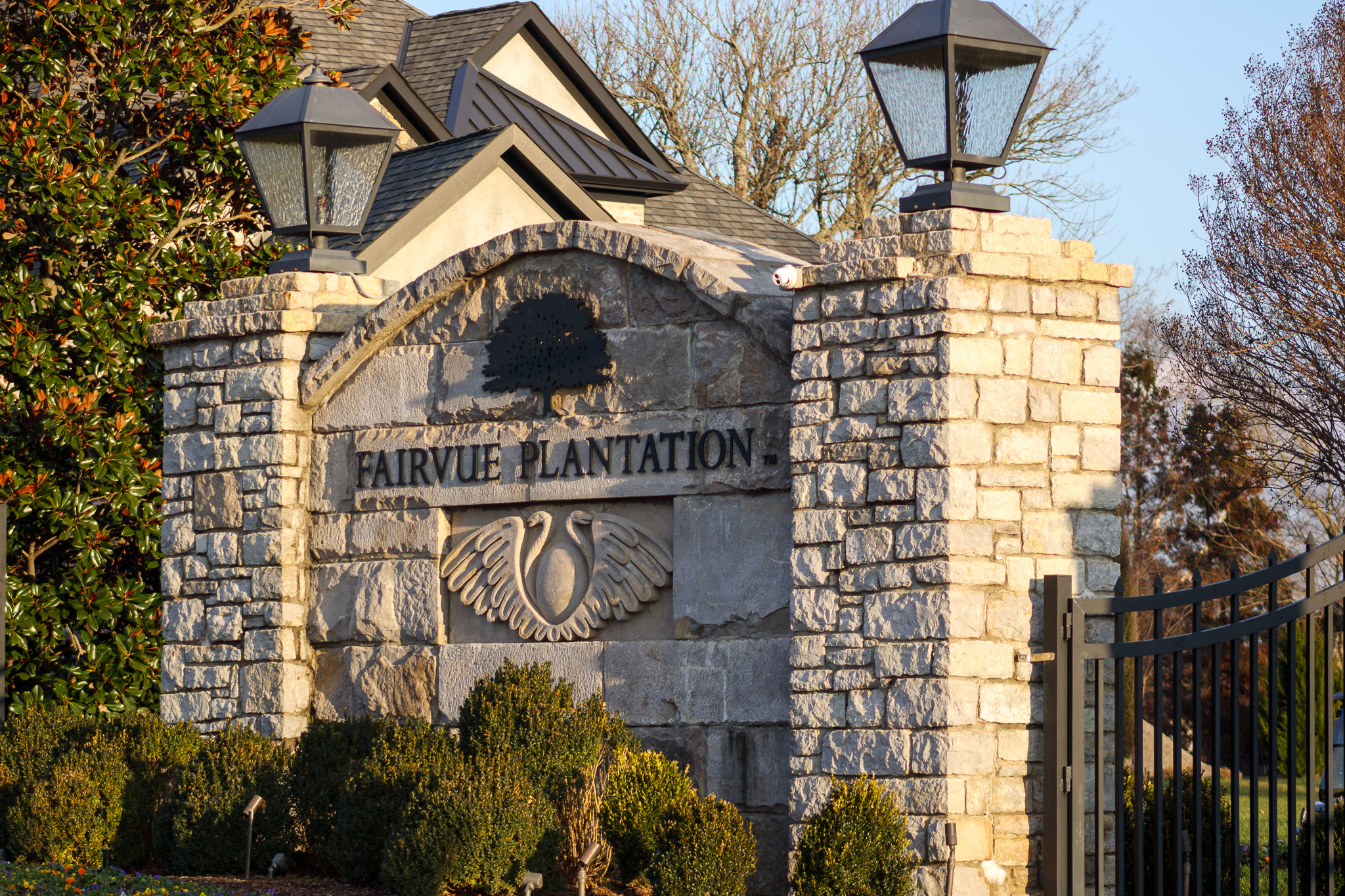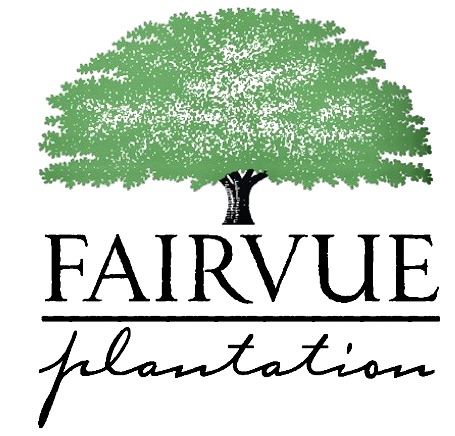
Fairvue HOA
Welcome to Our Neighborhood
Welcome to Fairvue Plantation, where the water meets the fairway. Fairvue is nestled 20 minutes north of the hustle and bustle of Nashville on a pristine peninsula in Gallatin, TN, and boasts breathtaking views of Old Hickory Lake. Our master planned community spans over 500 acres with miles of shoreline and hosts our premier country club and championship golf course, Tennessee Grasslands. This exclusive community offers luxury estates and custom homes with tree-lined streets. Fairvue Plantation is the ideal place to call home for all lifestyles from empty nesters and families to lake and golf enthusiasts.
We believe that there’s a place for everyone to get involved in our community, whether you’re interested in leading as a board member, helping out on a committee or just getting to know your neighbors. Taking the time to get invested in where you live allows you to put down roots, serve the community and build lasting friendships with people nearby.
Benefits of Living in a Community
There are several reasons the number of community associations has exploded from tens of thousands to hundreds of thousands over the decades. The benefits our homeowners enjoy most are:
- Maintained Property Values. According to the Community Associations Institute, homes in managed communities are often worth 5 percent more than those in traditional communities.
- Amenities and Services. Our homeowners receive value in return for their choice to invest in a homeowners association.
- Sense of Community. Our community is a place to connect in a world that is increasingly disconnected.

Our Neighborhoods
The Boulevard
The Coves
Gracie Lake
Jacob's Landing
The Peninsula
Plantation Village
The Reserve
